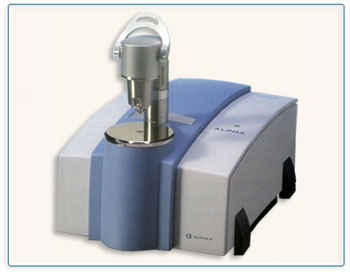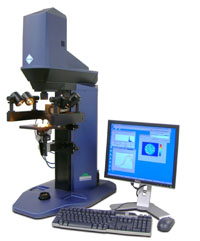| 215-792-6411 | |
| 848-459-6295 |
Have You Done
Multivariate Modeling Lately?
Case Studies
|
|
|
|||
|
|
||||
|
|
|
|||
|
|
||||
|
|
|
|||
|
|
||||
|
|
|
|||
|
|
||||
|
|
|
|||

Multivariate Data Analysis Methods
Principal Component Analysis (PCA) – an algorithm that transforms a set of correlated variables into a set of orthogonal variables called principal components, which is a linear combination of the original variables. The number of principal components is less than or equal to the number of original variables. The transformation is conducted in such a way that the first principal component expresses the highest possible variance in the data, and each succeeding component in turn expresses the next highest variance possible under the constraint that it be orthogonal to the preceding components. Principal components are guaranteed to be orthogonal only if the data set is jointly normally distributed.
Supervised Principal Component Analysis (SPCA) –a special case of the conventional principal component analysis which is used for modeling near infrared spectroscopic data. The method is comprised of: (a) designing a set of pseudo calibration samples wherein the desired variances are dominant or greatly enhanced; (b) producing a calibration data matrix using suitable mathematical pretreatment and truncation of the acquired spectra of the calibration samples; (c) decomposing the matrix using PCA; (d) evaluating the score and loading matrices to ensure a genuine orthogonal relationship between scores of the desired latent variables in a two-dimensional principal component space; (e) generating a prediction matrix for quantitative prediction of unknown samples. This method does not require a testing of calibration samples using a reference method. In addition, this method has high tolerance to variations in sample composition and preparation conditions.
Partial Least Squares Regression (PLS) – used to find a linear regression model by projecting the predicted variables (Y matrix) and the observed variables (X matrix) to new spaces and modeling the covariance structures in these spaces. A PLS model will try to find the multidimensional direction in the X space that explains the maximum multidimensional variance direction in the Y space. PLS regression is particularly suitable when the matrix of predictors has more variables than observations, and when there is multi-colinearity among X values. Standard regression will fail in these cases.
Principal Component Regression (PCR) – a regression analysis that uses PCA when estimating regression coefficients. It is a procedure used to overcome problems which arise when the exploratory variables are close to being collinear. In PCR, instead of regressing the independent variables on the dependent variable directly, the principal components of the independent variables are used. Often the principal components with the highest variance are selected. However, the low-variance principal components may also be important. There are several steps in PCR: (a) to run a PCA on the table of the explanatory variables; (b) to run an ordinary least squares regression on the selected components (the factors that are most correlated with the dependent variable will be selected); (c) to calculate the parameters of the model.
Our Services
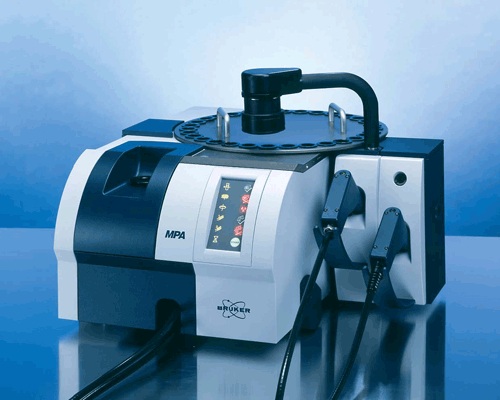 |
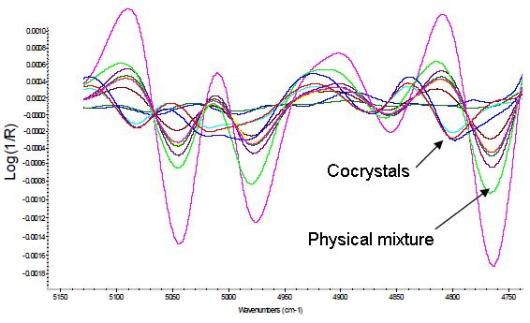 |
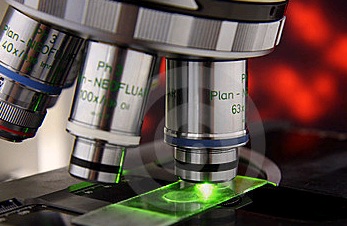 |
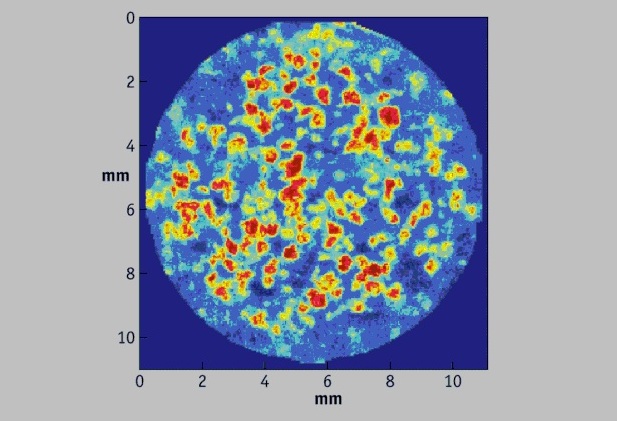 |
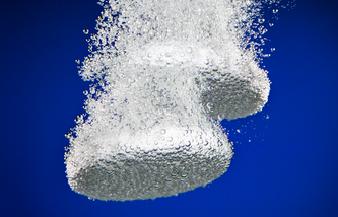 |
|||||
| Method Development | Process Validation | Troubleshooting | Material Identification | User Training | |||||
| NiRACLE assists clients in developing NIR-based methods for both GMP and non-GMP applications. Non-GMP NIR methods take advantage of NiRACLE’s proprietary modeling method and designing a comprehensive sampling plan. | NiRACLE is specialized in multivariate data analysis, which plays a critical role in today’s process validation.NiRACLE works with clients in selecting suitable process monitoring methods and designing a comprehensive sampling plan. | Using NIR chemical imaging and multivariate data analysis tools, NiRACLE can assist clients in troubleshooting product and process related problems. | NiRACLE can help clients in developing a NIR-based raw material identification system to replace the conventional wet chemistry methods. | NiRACLE provides training in basic and advanced NIR/NIR chemical imaging related method development, which include proper use of instruments, experiment design and multivation... | |||||
| ++ More Details | ++ More Details | ++ More Details | ++ More Details | ++ More Details |
| Home | Company | Services | Case Studies | Resources | Contact | News Releases
Copyright ©2019 Niracle, LLC . All rights reserved Privacy Statement | Terms and Conditiions |

